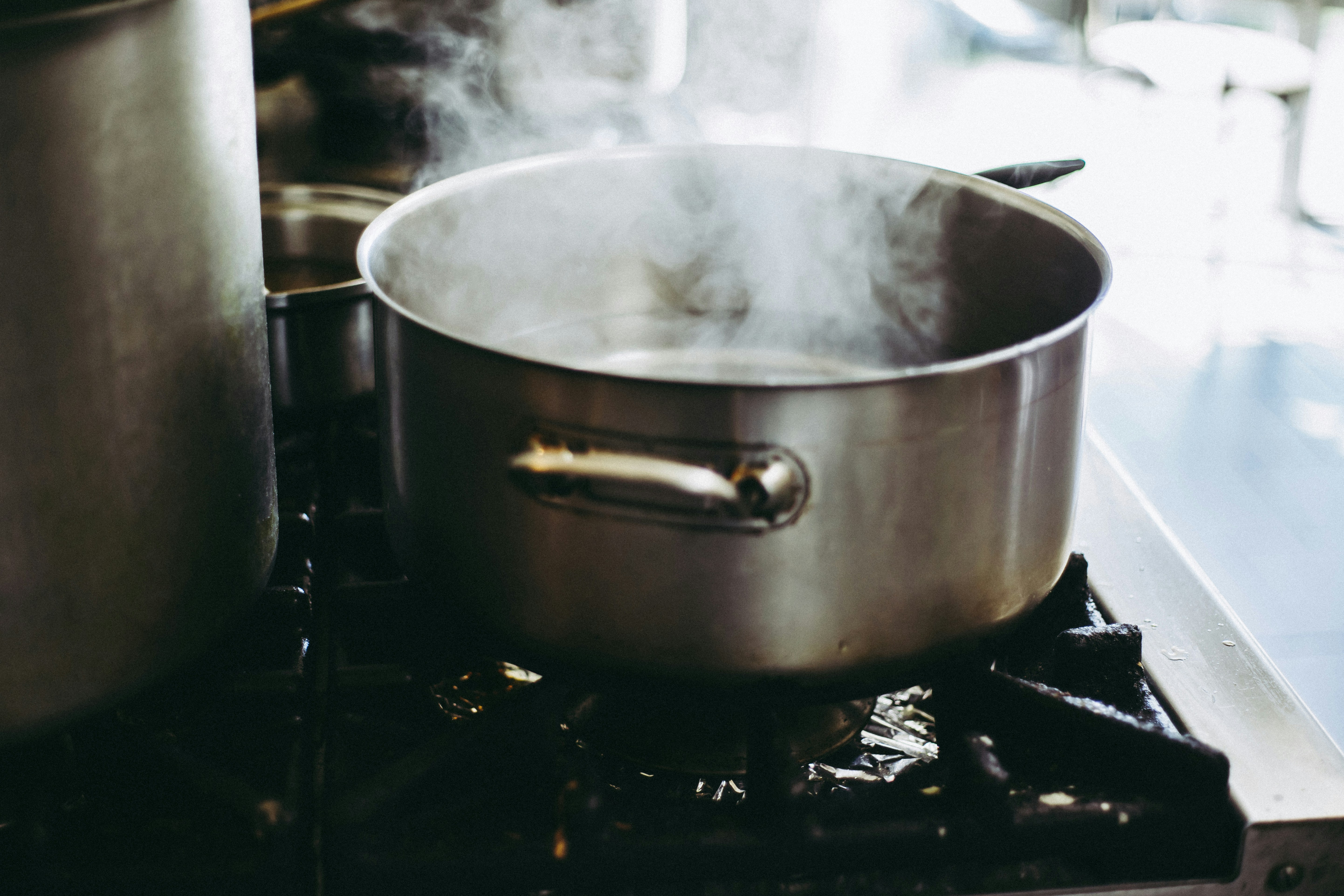Share This
Whether you’re preparing brown rice, farro, sorghum, or any other whole grain, chances are, the package instructions will direct you to bring a cup of grain and a specified quantity of water to a boil, reduce the heat to a simmer, and then cook, covered, for a specified amount of time. This is a tried-and-true method for preparing fluffy, perfectly cooked whole grains. It’s a classic for a reason. But it’s not the only way.
Here are the Oldways Whole Grains Council, we’ve become partial to the “pasta method” of cooking grains. Essentially, you fill a big pot with water, bring it to a boil, dump in your grains, and then let them boil (or near boil over medium-high heat) with the lid off (for easy monitoring), tasting periodically to check for doneness. When the grains are cooked to your liking, turn off the heat and drain them into a colander. No measuring cups, no timers, no fuss.
Here are 3 reasons why we can’t get enough of this method, and why we think you might like it too:
- It is great for lazy (or busy or tired or distracted) cooks. No need to measure out the water. No need to memorize the cook times of a dozen different grains. No need to purchase any extra equipment. Simply dump, boil, and move on to whatever else you need to do. Obviously, longer cooking grains, like barley, will take more time to cook (sometimes close to an hour – you may need to add a splash more water from time to time) than quicker cooking whole grains, like bulgur (which could be ready in 5 minutes or so). In any case, cooking at a higher heat level with more water means that the grains will cook more quickly than they would with the traditional absorption method of cooking.
- It is nearly impossible to burn/overcook your grains. Have you ever stepped away from the stove for too long, only to find that the water in your pot has evaporated and your whole grains are stuck to the bottom in a slightly burnt, sticky mess? By cooking whole grains via the pasta method, in a large pot with excess water, it is far less likely that all of the water will evaporate during cooking. There will virtually always be enough moisture in the pot to keep the grains from sticking. Additionally, “overcooking” hardy whole grains like wheat berries or sorghum by a few minutes is really not much of a concern, as the bran of the grain serves as a protective coat of armor. Plus, many eaters (myself included) happen to like whole grains a bit on the softer side, when the starchy part of the grain starts to peek out from inside the grain’s outer layer. There is no “wrong” amount of time if you let your senses and personal preferences be your guide.
- There may be nutritional benefits. It’s true that boiling and draining any food means that a trivial amount of water-soluble vitamins will get lost in the cooking water. But for foods as nutritious as whole grains, vegetables, and the like, the losses are not enough to make a dent in nutritional intake. So why are we so excited about this method from a health perspective? Research suggests that cooking brown rice in excess water (i.e., the pasta method) can remove roughly half of the arsenic content of brown rice, with only small losses to essential nutrients like iron, folate, niacin, and thiamin. (On the other hand, these nutrients are reduced by 50-70% when enriched white rice is cooked via the pasta method, because the vitamins had been added during enrichment rather than being an inherent part of the grain, and are thus more susceptible to loss.)
Have you tried cooking grains via the pasta method? What other kitchen hacks do you swear by to get whole grains on the table faster and easier? (Kelly)
To have our Oldways Whole Grains Council blog posts (and more whole grain bonus content!) delivered to your inbox, sign up for our monthly email newsletter, called Just Ask for Whole Grains.


Comments
Add a Comment